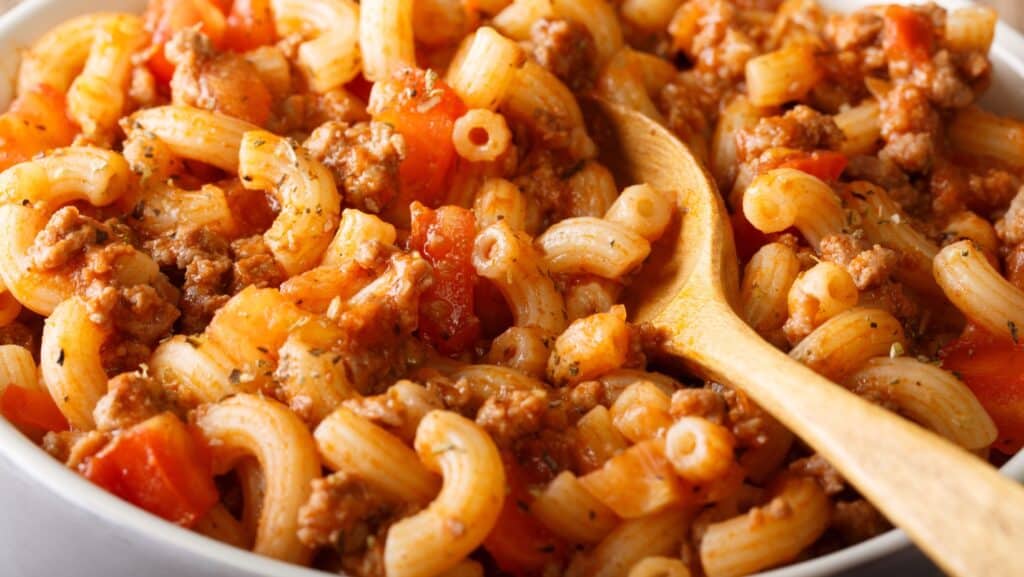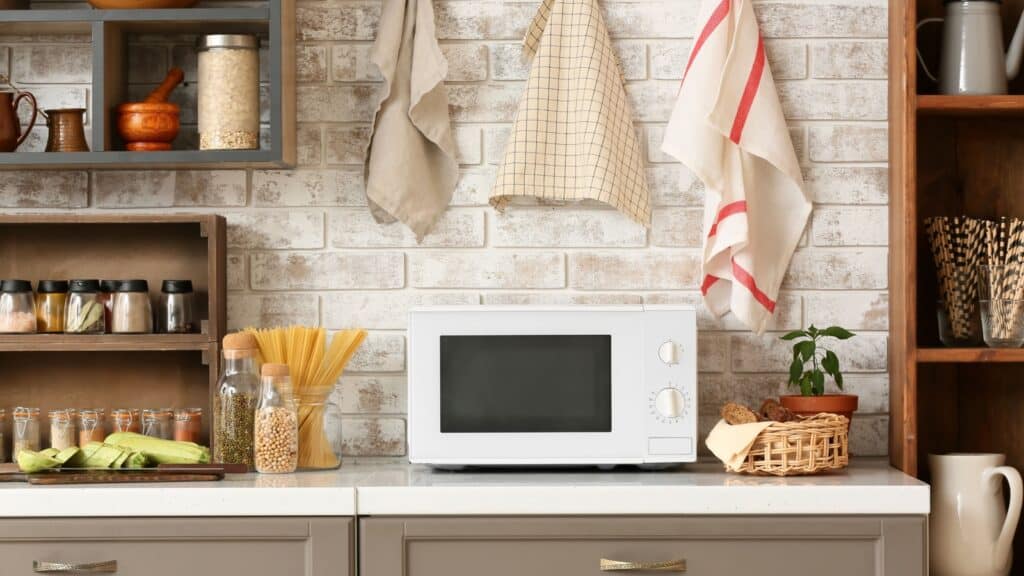11 Mistakes Everyone Makes When Storing Leftovers
Leftovers can be a lifesaver—faster than takeout and a great way to cut down on food waste. But storing them wrong can lead to soggy textures, weird smells, or worse, foodborne illness. Even seasoned home cooks slip up when it comes to chilling, covering, or reheating leftovers.
Here are 11 common mistakes people make with leftovers and how to fix them, so your food stays fresh, safe, and tasty.
Letting Food Sit Out Too Long

This is one of the most dangerous missteps. Leaving food out for hours—especially at room temperature—can invite bacteria like salmonella or listeria. The USDA recommends refrigerating perishable food within two hours, or one hour if the room is warmer than 90°F. Don’t wait until the end of the party—package it up early.
Putting Hot Food Directly in the Fridge

It’s a myth that hot food will “ruin” your fridge. In fact, letting food cool on the counter too long is riskier than placing it in the fridge slightly warm. Use shallow containers to help it cool evenly and safely. If the portion is large, divide it into smaller batches first.
Using the Wrong Containers

Using old takeout containers or plastic that isn’t meant for reuse can leach chemicals into your food, especially when reheated. Always choose containers labeled food-safe. Glass or BPA-free plastic with tight-fitting lids are your best bets for freshness and safety.
Overstuffing the Fridge

Shoving containers in without airflow can prevent your fridge from maintaining a consistent cold temperature. Crowded shelves lead to uneven cooling and longer chill times, increasing the risk of spoilage. Give your fridge a quick tidy before loading it up with leftovers.
Not Labeling or Dating

If you don’t know how long something’s been in there, you’re more likely to forget about it or take a chance eating something that’s past its prime. Use masking tape and a Sharpie to jot down the contents and the date. You’ll thank yourself in a few days when you’re playing fridge roulette.
Storing in the Original Cooking Pot

It’s tempting to just put the whole pot or pan in the fridge to save time, but this can prevent even cooling and trap moisture, leading to soggy textures. It also means you’re tying up cookware you might need later. Always transfer leftovers into containers that seal properly.
Not Pressing Out the Air

When storing items like pasta, cooked grains, or roasted veggies, extra air can speed up spoilage or cause freezer burn. If you’re using zipper bags, press the air out. For containers, make sure the lid fits tightly. The less air, the longer the freshness.
Ignoring the Freezer Clock

Yes, the freezer extends a food’s life—but not indefinitely. Most cooked leftovers are best eaten within 2 to 3 months for ideal flavor and texture. Label freezer items clearly and try to rotate them so older items get used first.
Reheating the Whole Batch Every Time

Warming up and cooling leftovers repeatedly degrades quality and increases the risk of contamination. Instead, scoop out what you plan to eat and leave the rest cold until you’re ready for another meal. It saves energy and keeps your food safer.
Forgetting to Reheat Thoroughly

Lukewarm reheating can leave harmful bacteria alive. Make sure leftovers are reheated to at least 165°F, especially meat and rice dishes. Stir well if you’re using a microwave—cold spots are common and can hide undercooked pockets.
Keeping Leftovers Too Long

We’ve all wondered if that forgotten container in the back of the fridge is still good. As a general rule:
- Cooked meat and poultry: 3 to 4 days
- Soups and stews: 3 to 4 days
- Pasta and rice: 3 to 5 days
When in doubt, throw it out. Mold isn’t the only risk—some harmful bacteria have no odor, taste, or visible signs.
Store Smarter, Eat Safer

Leftovers can be your best friend or your worst enemy. With the right storage habits, they’re an easy way to stretch meals, save money, and reduce waste. But a little sloppiness can turn a delicious dinner into a risky gamble. Treat your leftovers with the same care you give fresh-cooked meals, and you’ll get more flavor, better texture, and a whole lot more peace of mind.
11 Strange Things Your Body Does When It’s Starving for Vitamins

Here are 11 subtle, easy-to-miss signs that your body might be lacking important vitamins or minerals, and what you can do about it.
READ: 11 Strange Things Your Body Does When It’s Starving for Vitamins
Join Us

Join us on this empowering journey as we explore, celebrate, and elevate “her story.” The Queen Zone is not just a platform; it’s a community where women from all walks of life can come together, share their experiences, and inspire one another. Welcome to a space where the female experience takes center stage. Sign up for our newsletter so you don’t miss a thing, Queen!







